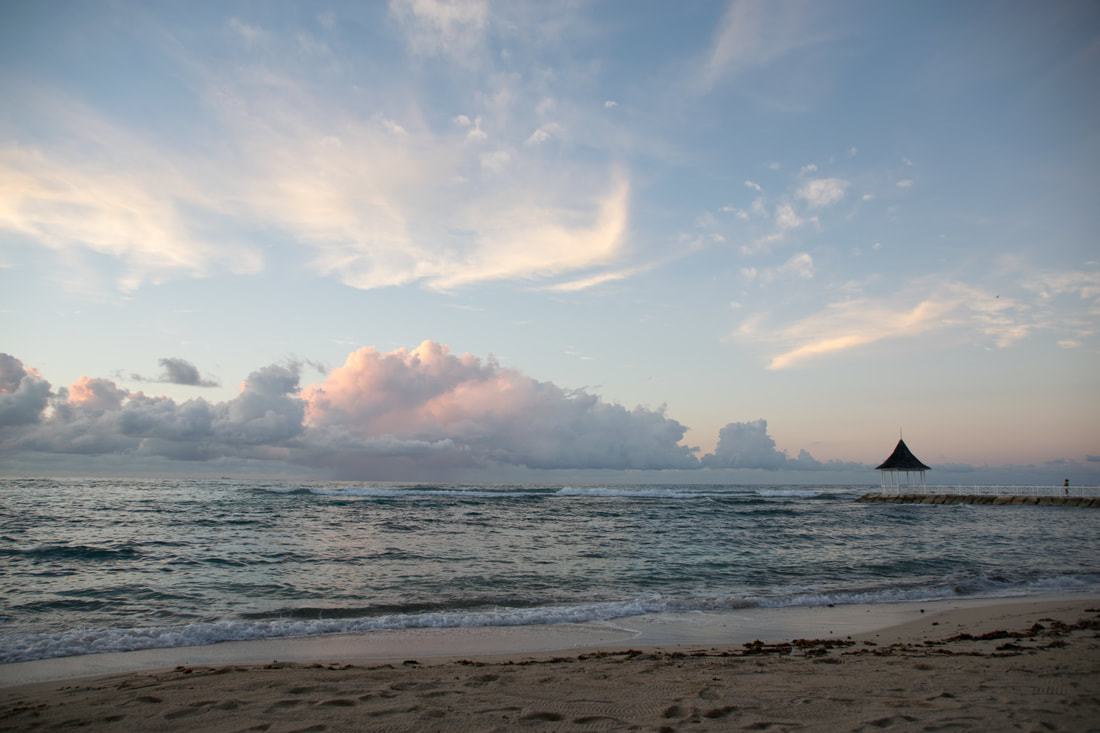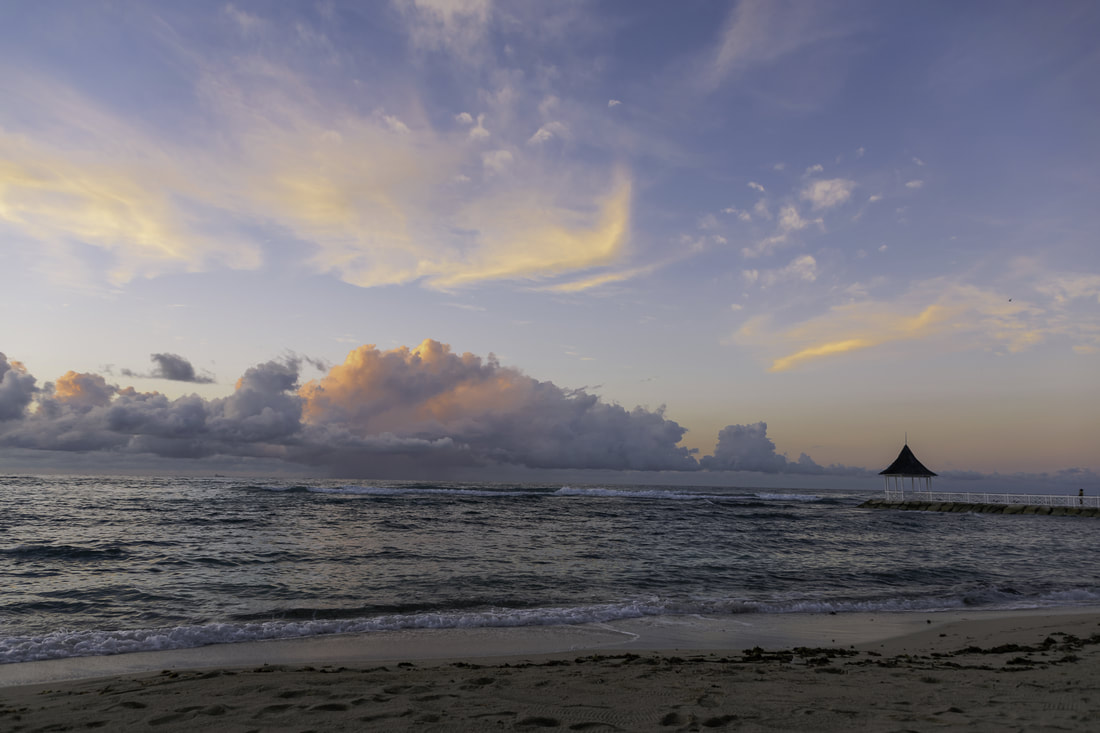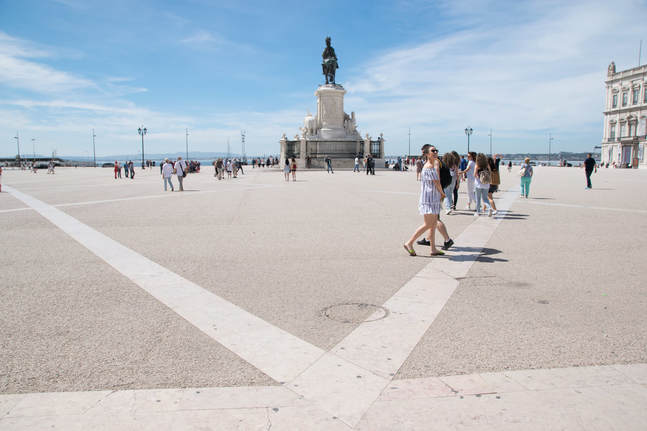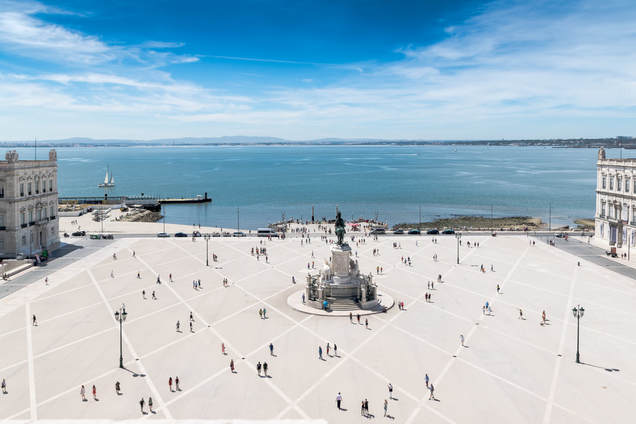Take this example. This is the as shot image of sunset off Montego Bay, Jamaica.
I used Lightroom to make basic adjustments to set white and black points to increase the contrast, clarity and vibrancy. More importantly, I worked the luminosity and saturation filters of the color controls. While increasing luminosity brightens an image’s color, decreasing it thickens the color, and when combined with saturation, makes more visible what is already there. You can then readjust vibrancy if it starts to look artificial. In these situations, subtlety is important, but you also want the image to pop. You also generally don’t want to make it artificial. You can work with shadow filters to bring back some of the detail in otherwise dark areas. Here is what I ended up with:
I am a firm believer that less is more, and care always needs to be taken to not overdo it, lest you turn your “wow” picture into a cartoon. Unless, of course, that is the effect you want.



